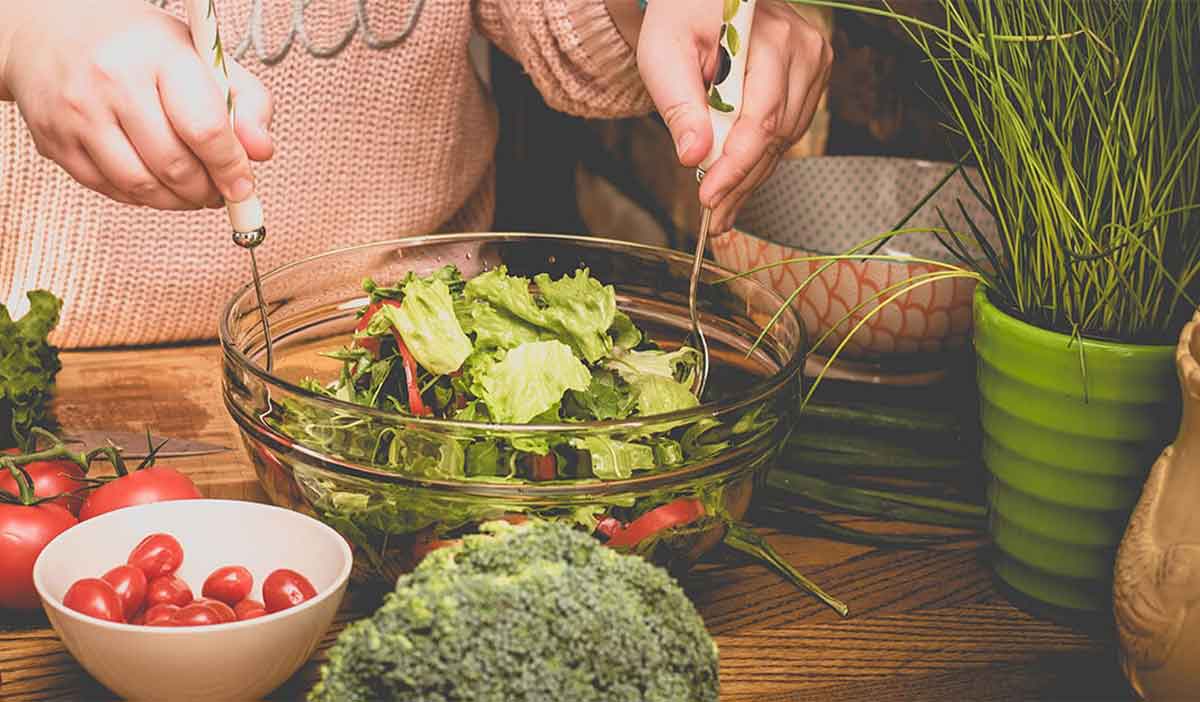For many of us, understanding how to read food labels can feel like learning a foreign language. Food companies write labels in a way that can be confusing. Sometimes they use sneaky marketing tricks to make a food seem healthier than it really is.
In this blog article, we’ll give you some tips for understanding food labels. We will also share how to apply that knowledge to help you make more nutritious food choices if you want to lose weight or eat healthier.

Interpreting serving sizes
One of the most important things to know when learning how to read food labels is figuring out how to determine serving sizes.
When you turn over a box or package at the supermarket, you’ll see what’s called the “Nutrition Facts” label. One of the first things listed will be the number of servings in the package and the serving size.
Food producers typically list serving sizes in units like cups or pieces. It may also include the metric amount, like grams (g) in a serving. By tracking how many servings you eat of a particular food, you can better track how many calories, grams of fat, and grams of sugar you’re eating.
For example, if the nutrition label on a box of cookies says the serving size is two cookies and you eat four, you’re consuming two servings of cookies. That is two times the calories and nutrients shown on the label, so you would need to double those amounts. So, if one serving has 150 calories, you’ve just eaten 300 calories.
How to read food labels to reduce sugar intake
According to the American Heart Association, American adults consume an average of 77 grams of sugar per day, more than three times the recommended amount. Reducing your sugar intake can be a bit of a challenge, as sugar shows up in many foods you wouldn’t expect. Knowing how to read food labels can help.
On a food label, you’ll see “Total Sugars,” which includes sugars that are naturally present in many nutritious foods—like fruits—as well as any added sugars that may also be in the food.
Added sugars are any sugars that food manufacturers add during the processing of the food. This includes sucrose or dextrose, sugars from syrups and honey, and sugars from concentrated fruit or vegetable juices.
Limiting the number of added sugars you eat is critical. Opt for healthier options like fruits to get your sweet fix when trying to lose weight.
Fruits and vegetables for the win
Knowing how to read food labels doesn’t matter so much for fruits and veggies because you won’t find a food label on an apple or cucumber. This is because they are whole, natural foods with nothing added.
A diet rich in colorful fruits and vegetables is essential for good nutrition and healthy weight loss. We recommend sticking to the vegetables and fruits you enjoy the most and are most likely to eat. You want to build good habits, and starting with produce that’s familiar and tasty to you can help you do that.
Fruits and vegetables are also a great source of fiber, an essential nutrient that fills you up and is excellent for gut health and weight loss. A high-fiber diet can help reduce the risk of obesity, heart disease, and diabetes.
Knowing how to read food labels and check for fiber content can ensure you’re getting enough each day. Women should aim for at least 21 to 25 grams of fiber a day, and men should shoot for 30 to 38 grams a day. (Here’s a handy list of fruits, vegetables, and other foods along with their amount of total fiber.)
Do I need to buy organic?
You might wonder how to read food labels listed as “organic” versus the non-organic versions.
According to the U.S. Department of Agriculture, grocery stores can call produce organic if it’s certified to have grown on soil with no prohibited substances applied for three years before harvest. Banned substances include most synthetic fertilizers and pesticides.
For organic meats, farmers must raise animals in living conditions that allow for their natural behaviors, like pasture grazing. They must also be fed 100% organic feed and can’t be given antibiotics or hormones.
For processed foods, the USDA prohibits them from containing any artificial preservatives, colors, or flavors, and they must be made with organic ingredients.
While eating organic foods reduces exposure to chemicals and artificial additives, they don’t necessarily contain more nutrients than non-organic versions. So while choosing organic foods is great when you can, what matters most is that you’re eating more of the right kinds of foods, whether they’re certified organic or not.
Knowing how to read food labels will help you make those better choices next time you’re at the grocery store.
Lose weight with Logansport Memorial Hospital’s HMR Program
Are you tired of diet plans that don’t work or fit your busy lifestyle? The nutrition experts at Logansport Memorial Hospital can teach you how to read food labels, make better choices, and create an eating plan you can stick with.
Our practical, nationally recognized non-surgical weight-loss program—Health Management Resources (HMR)—puts patients on the right path to achieving their goals.
Whether you need to lose 10 pounds or 200, HMR includes a variety of dietary options. All program variations include individual coaching and ongoing maintenance support from our team of certified health coaches who will be with you every step of the way.
Interested in talking to a health coach or attending an informational session? Call Workforce Health at 574.725.3599.
Learn more about our HMR program.
You might also like:
- How to Eat the Right Foods to Fuel Your Body
- 5 Ways to Add More Fruits and Veggies to Your Diet
- The Benefits of Weight-loss Coaching



